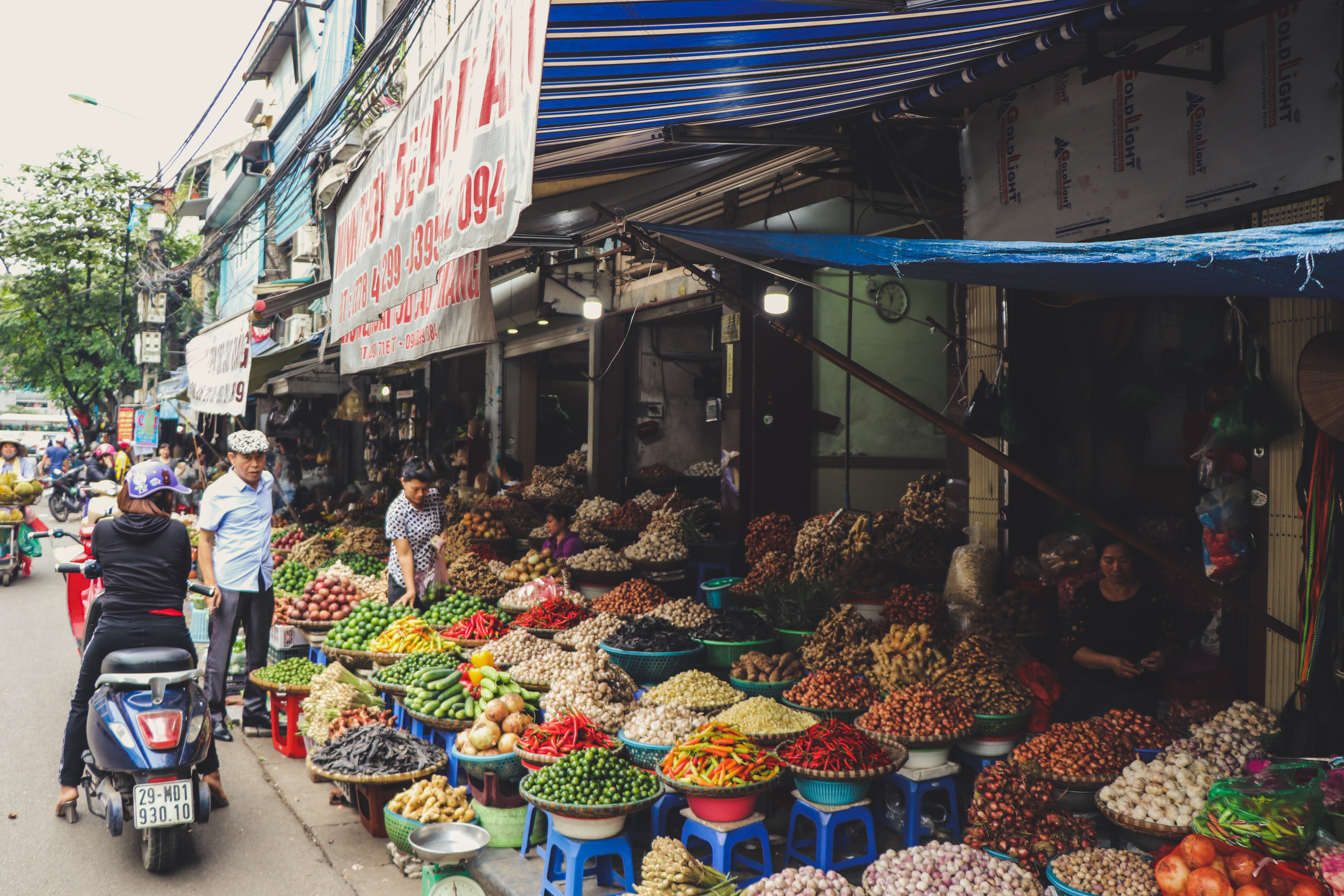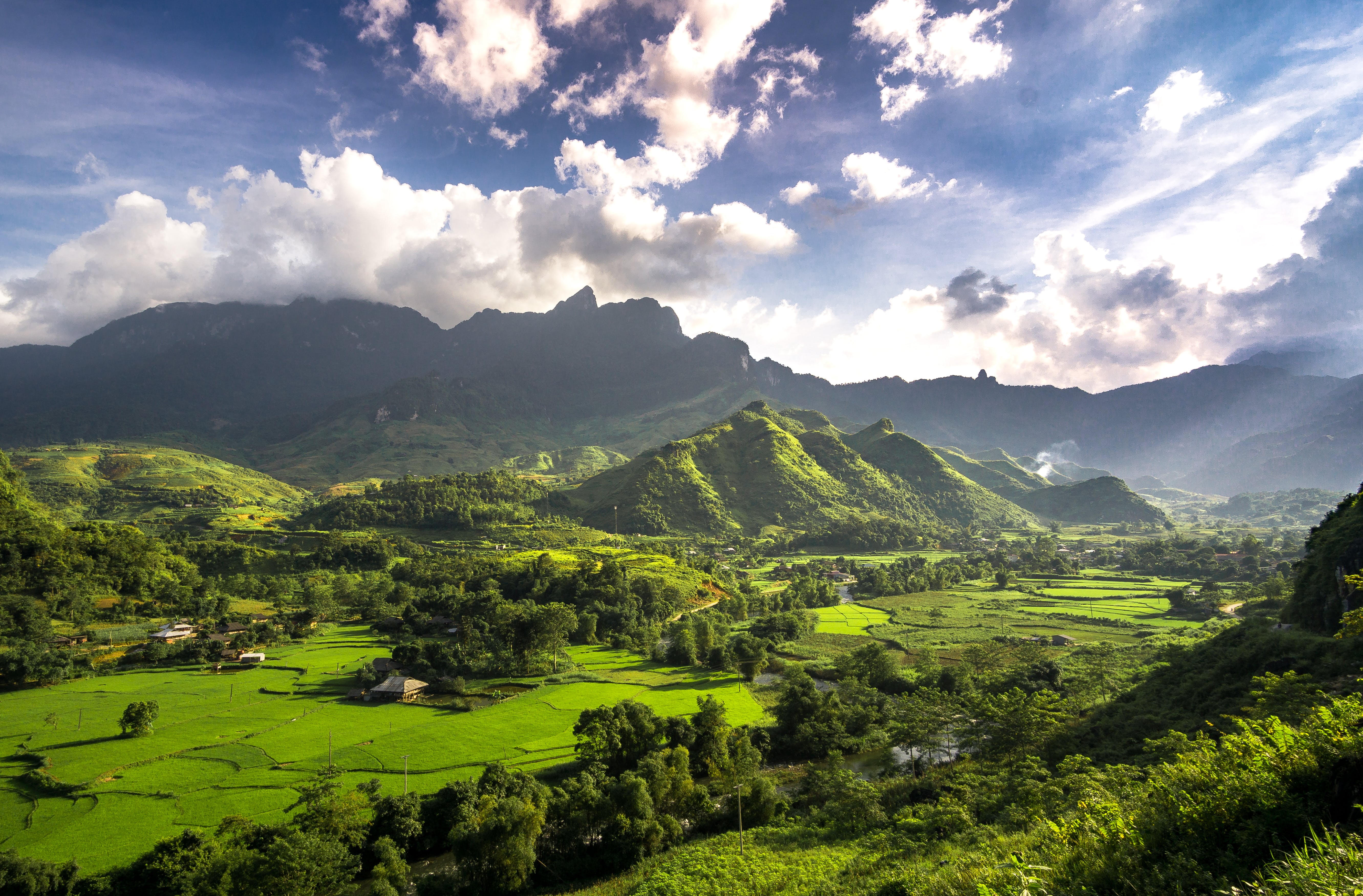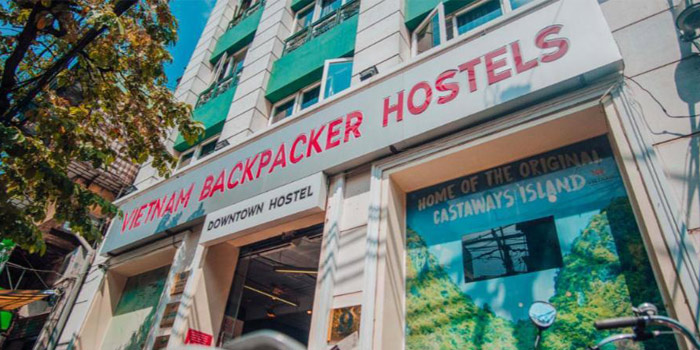
Vietnam Visa A Comprehensive Guide to Types, Requirements, and Fees
Vietnam, a captivating Southeast Asian nation, is renowned for its stunning natural beauty, rich cultural heritage, and vibrant cities. Whether you’re drawn to the mesmerizing landscapes of Ha Long Bay, the bustling streets of Ho Chi Minh City, or the serene tranquility of Hoi An’s ancient town, Vietnam offers an unforgettable travel experience. However, before embarking on your Vietnamese adventure, it’s crucial to understand the visa requirements for your nationality. This comprehensive guide will delve into the intricacies of Vietnam visas, providing you with the essential information to navigate the visa application process seamlessly.
Vietnam visa Overview

Vietnam’s visa policy is designed to regulate the entry and stay of foreign nationals within the country. To ensure compliance with immigration regulations, foreign visitors must obtain the appropriate visa before traveling to Vietnam. The type of visa required depends on the purpose of your visit and the duration of your stay. There are several types of visas available for Vietnam, including tourist visas, business visas, and work visas. Depending on your nationality, you may be eligible for visa-free entry or visa on arrival.
Vietnam visa-Free Countries

Citizens of certain countries enjoy visa-free entry to Vietnam for short-term stays. The length of visa-free entry varies depending on nationality, ranging from 14 to 30 days. To determine if you are eligible for visa-free entry, consult the official website of the Vietnam Immigration Department. Some of the countries that have visa-free agreements with Vietnam include:
- Thailand
- Malaysia
- Singapore
- Indonesia
- Philippines
- Laos
- Cambodia
For a complete list of visa-exempt countries, please refer to the Vietnam Immigration Department’s website.
Vietnam visa on Arrival for US Citizens
US citizens are not eligible for visa-free entry to Vietnam. However, they can apply for a visa on arrival, which allows them to obtain a visa upon arrival at one of Vietnam’s international airports. To apply for a visa on arrival, US citizens must first obtain an approval letter from the Vietnam Immigration Department. This can be done through a reputable travel agency or online visa service. The approval letter must be presented upon arrival at the airport, along with a completed application form, passport, and two passport-sized photos.
Vietnam visa Multiple Entry
If you plan on visiting Vietnam multiple times within a certain period, you may want to consider applying for a multiple-entry visa. This type of visa allows for multiple entries into Vietnam within a specified time frame, usually six months or one year. However, it’s important to note that each entry is limited to a certain duration, typically 30 days. To apply for a multiple-entry visa, you will need to provide proof of your travel plans and a valid reason for needing multiple entries.
Vietnam visa Exempt Countries

In addition to the countries mentioned above, there are also several countries that are exempt from Vietnam’s visa requirements for longer stays. These countries include:
- Russia
- Japan
- South Korea
- Denmark
- Sweden
- Norway
- Finland
Citizens of these countries can stay in Vietnam for up to 15 days without a visa. If they wish to stay longer, they will need to apply for a visa.
Vietnam visa Portal

The Vietnam Immigration Department has an online portal where visitors can apply for visas and check the status of their application. This portal is available in English, making it easier for foreign visitors to navigate. The portal also provides information on visa requirements, fees, and processing times. It’s recommended to use this official portal when applying for a visa to avoid any potential scams or fraudulent websites.
Vietnam visa Types
As mentioned earlier, there are various types of visas available for Vietnam, depending on the purpose of your visit. Here is a breakdown of the most common visa types:
- Tourist Visa: This type of visa is suitable for those visiting Vietnam for leisure or to visit friends and family. It allows for a stay of up to 30 days.
- Business Visa: If you’re traveling to Vietnam for business purposes, such as attending conferences or meetings, you will need a business visa. This visa also allows for a stay of up to 30 days.
- Work Visa: Those planning on working in Vietnam will need to obtain a work visa. This visa is valid for up to one year and can be extended if needed.
- Student Visa: Students who wish to study in Vietnam must apply for a student visa. This visa is valid for the duration of the course and can be extended if necessary.
Vietnam visa Application Process
The application process for a Vietnam visa varies depending on your nationality and the type of visa you require. In general, here are the steps to follow when applying for a visa:
- Determine the type of visa you need based on the purpose of your visit.
- Check if you are eligible for visa-free entry or if you need to apply for a visa.
- Gather all the required documents, including a completed application form, passport, photos, and any supporting documents (such as an invitation letter for a business visa).
- Apply for a visa through the official Vietnam Immigration Department portal or through a reputable travel agency or online visa service.
- Pay the visa fee and wait for your application to be processed.
- Once approved, you will receive an approval letter (for visa on arrival) or a visa stamp in your passport (for e-visas).
- Present the necessary documents upon arrival at the airport or border checkpoint to enter Vietnam.
Vietnam visa Requirements
The specific requirements for a Vietnam visa may vary depending on your nationality and the type of visa you’re applying for. However, in general, here are the documents you will need to provide:
- A completed visa application form (available online or at the embassy/consulate)
- A valid passport with at least six months validity remaining
- Two passport-sized photos
- Proof of travel plans (such as flight tickets)
- Proof of accommodation in Vietnam (such as hotel reservations)
- Visa fee payment
For business visas, you may also need to provide an invitation letter from a company or organization in Vietnam. For work visas, you will need to provide a work permit and other relevant documents.
Vietnam visa Fees
The visa fees for Vietnam vary depending on your nationality and the type of visa you require. Here is a breakdown of the fees for some of the most common types of visas:
- Tourist Visa: $25 for single entry, $50 for multiple entries (up to three months)
- Business Visa: $80 for single entry, $100 for multiple entries (up to one year)
- Work Visa: $100 for single entry, $135 for multiple entries (up to one year)
- Student Visa: $25 for single entry, $50 for multiple entries (up to one year)
It’s important to note that these fees are subject to change, so it’s best to check the official Vietnam Immigration Department website for the most up-to-date information.
Conclusion
Obtaining a Visa for Vietnam may seem like a daunting process, but with the right information and preparation, it can be a smooth and hassle-free experience. It’s essential to research the specific requirements for your nationality and the type of visa you need before applying. Remember to use the official Vietnam Immigration Department portal or a reputable travel agency to avoid any potential scams. With this comprehensive guide, you should now have all the necessary information to plan your trip to Vietnam and obtain the appropriate visa. Happy travels!




